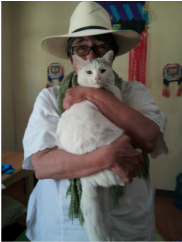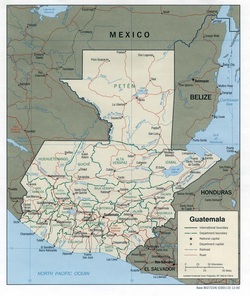
the Petén and Rio Dulce areas in the north and eastern parts of Guatemala. It was one of the most incredible trips of my life!
I was deeply moved in visiting the ancient Mayan sites of Tikal and
Uaxactún. It was impossible to be
indifferent next to the temples and pyramids, these structures of massive
limestone towering well above the tallest trees in the surrounding jungle,
placed with incredible precision so that every year the path of solstices and
equinoxes is light passing through an opening in the stones.
Petén is home to one of the world’s largest remaining rainforests and is
also considered to be the “cradle of Mayan civilization” a region where the
Mayan calendar was perfected and the incredible site of Tikal constructed, over
a period of nearly 2000 years.
Mayan ceremonies and to learn more about the traditions of the Mayans. In addition to the significant contributions of the Maya's in astronomy and mathematics (including the revolutionary concept of zero), the Mayans also gave the world one of our best loved foods: chocolate.
Most Mayans say that the Mayan calendar in fact never ends and that this date does not refer to the end of the world. Some people believe it signals a change to a more balanced, just and peaceful world where indigenous peoples and their
knowledge are once again treated with respect. Others say that the end of an epoch signals a time when people are remade to be more perfect, suggesting a new type of person entirely.
Petén, with it’s abundant birds and wildlife, the gorgeous Lake Petén Itza, the colorful island town of Flores, the ruins and the lush jungle is a mystical and unendingly experience of natural and cultural beauty. But it was more than a gorgeous location; it was a place where my days were filled with conversations with local people and I felt profoundly welcomed everywhere I went.
So it was hard to leave Petén for Rio Dulce. But I had also heard of the incredible beauty of Guatemala’s largest
lake, Lago de Isabel and the Rio Dulce, sweet river, that connects this lake to the Caribbean Sea. Mayan communities in this area are connected by water and surrounded by jungle, with houses and bungalows with tall thatched roofs and boardwalks built on stilts over the water. There are many wonderful areas for swimming and kayaking in the fresh water streams which feed the Rio Dulce. There is even a hot waterfall whose warm ponds provide a relaxing soak for those tired muscles! And an old Spanish fort which then became a favorite location for pirates -- complete with dark tunnels, a dungeon and turrets providing a fabulous view of Lago de Isabel and the Rio Dulce. Transportation by boat is always accompanied by the sight of pelicans, white frigates and egrets as well as local fishermen and kids paddling canoes. The food in this area is a special treat
featuring both fresh caught seafood and fresh water fish. As in Petén, community based tourism, which highlights the unique features of the Mayan lifestyle in this area, is being developed in such a way as to preserve traditional culture and support local communities by bringing tourist revenue directly to community members.
it is possible to experience traditional punta music and dance, with its unique combination of drumming, conch blowing and
chanting. Members of the community are also happy to tell visitors about their history and about Livingston.
I have provided only a brief overview of these areas of Guatemala in this post. The following posts will feature photo essays of my experiences in these amazing areas, so stay tuned! Also, I am offering a special rate for a winter solstice tour to Tikal in 2011! It’s not too late to visit the land of the Mayans this year! I would love it if you would join me on this awe-inspiring
tour.
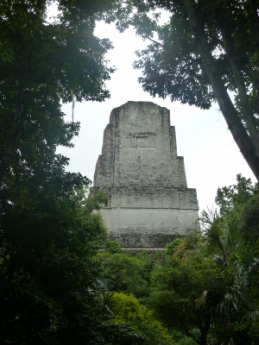
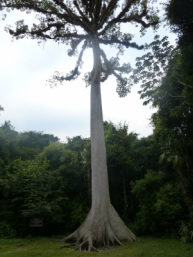
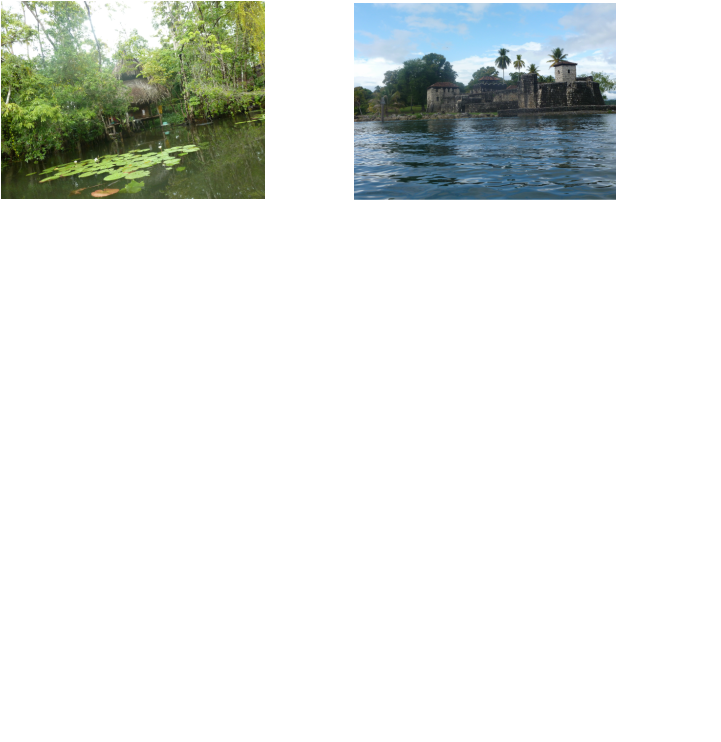
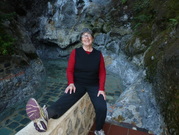
 RSS Feed
RSS Feed
